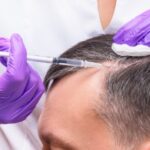Back pain is a widespread condition that can range from mild discomfort to debilitating pain. The spine’s complex structure, comprised of vertebrae, discs, muscles, and ligaments, makes it susceptible to various injuries and conditions that can result in persistent discomfort. Here’s information on common causes of back pain and why they occur:
Things that Cause Back Pain
The spine bears the weight of your entire upper body while allowing for flexibility and movement, but this dual responsibility creates potential vulnerability. Poor posture, whether from prolonged sitting at a desk or sleeping in an awkward position, places excessive stress on spinal structures. Sudden movements, heavy lifting with improper technique, and repetitive motions can strain the muscles and ligaments that support the spine.
Some common symptoms of back pain conditions include persistent aching or stiffness, sharp and localized pain, and decreased range of motion. There are three levels of back pain:
- Acute Pain: Back pain lasting 4 weeks or less.
- Subacute Pain: Pain lasting from 4 to 12 weeks.
- Chronic Pain: Pain lasting over 12 weeks.
Sciatica
Sciatica occurs when the sciatic nerve, which runs from the lower back through the hips and down each leg, becomes compressed or irritated. This condition typically affects only one side of the body and produces distinctive symptoms. Symptoms typically include sharp, shooting pain that radiates from the lower back through the buttocks and down the leg.
Sciatic pain can range from mild discomfort to severe, burning sensations that make walking or sitting difficult. A common cause of sciatica is a herniated disc that presses against the nerve root. Other causes include spinal stenosis or piriformis syndrome. Spinal stenosis occurs when the spinal canal narrows and compresses the nerve. Piriformis syndrome occurs when the sciatic nerve becomes irritated, resulting in leg swelling.
Osteoarthritis
Osteoarthritis in the spine develops when cartilage in the joints breaks down over time. This is a degenerative condition that commonly affects the joints. As cartilage wears away, bones begin to rub against each other, causing pain, stiffness, and inflammation. While osteoarthritis can impact any joint, it most commonly impacts joints in:
- The Hands
- The Hips
- The Lower Back
- The Knees
- The Neck
Morning stiffness, pain that worsens with activity, and reduced range of motion are typical indicators of osteoarthritis.
Degenerative Disk Disease
Despite its name, degenerative disk disease is not actually a disease but rather a natural aging process that affects spinal discs. These gel-like cushions between vertebrae naturally lose water content and height over time. This loss reduces their ability to absorb shock and maintain proper spacing between bones.
As discs degenerate, they may develop small tears in their outer walls, allowing the inner material to leak out and potentially irritate nearby nerves. This process can cause chronic pain that may worsen with sitting or bending. While disc degeneration is a normal part of aging, some individuals experience more significant symptoms that require medical attention.
Treatments for Back Pain
One key treatment for pain symptoms is therapeutic massage, which addresses muscle tension and improves circulation in the affected area. Licensed massage therapists use various techniques to target specific muscle groups that may be contributing to back pain. The increased blood flow to treated areas can facilitate healing and reduce inflammation in soft tissues. Here are some other effective treatments:
Steroid Injections
Steroid injections deliver anti-inflammatory medication directly to specific areas around the spine. These injections can target inflamed nerve roots, facet joints, or other structures contributing to pain. These injections can provide pain relief for several days to several months, as the duration and extent of relief varies among individuals.
PRP Therapy
PRP therapy represents a regenerative approach to treating back pain, potentially helping damaged tissues repair themselves more effectively than they would naturally. Platelet-rich plasma (PRP) therapy uses a concentrated solution of platelets from the patient’s own blood. These platelets have growth factors that help to promote healing in damaged tissues. The treatment involves drawing blood, processing it to concentrate the platelets, and then injecting the solution into affected areas.
Schedule an Appointment
Persistent back pain significantly impacts quality of life and may indicate underlying conditions requiring professional evaluation. A comprehensive assessment can identify specific causes of your discomfort and determine the most appropriate treatment for your situation. Contact a specialist today to start creating your pain management plan.





